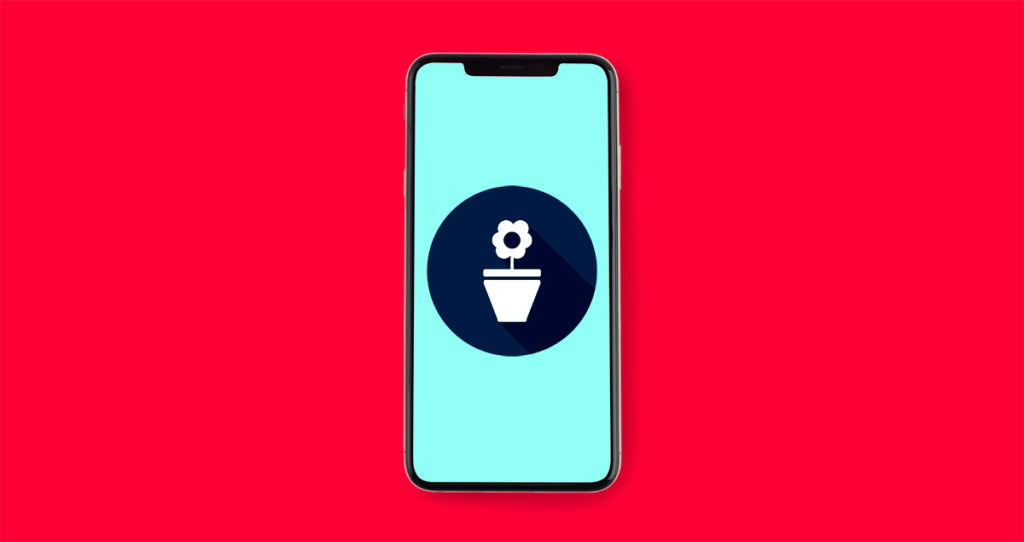
How To Grow a Smart Garden in Your Kitchen
There’s nothing like having fresh herbs and produce on hand when you cook, but if you live in an apartment, or where the weather doesn’t always allow for outdoor gardening, home-grown produce might seem out of reach. That’s where a smart indoor garden can come in.
What is a smart kitchen garden?
Most smart gardens use a hydroponics system to grow fruit, vegetables, herbs and even flowers. This is where the roots of the plants sit directly in nutrient-enhanced water rather than soil, which makes for an easy-to-maintain and clean garden indoors.
Many also use a grow light. And that’s exactly what it sounds like: a light that replaces the need for direct sunlight to make your greens grow. This means that with a bit of clever garden design, you can grow herbs even in the darkest, shadiest corners of your house.
Smart gardens like these require very little maintenance. You have to add water and plant food every few days or weeks, and that’s about it. If a plant doesn’t make it, you’ll need to replace it, but otherwise you should be able to keep harvesting the same ones all year round.
The most popular smart gardens all use a pod system. For a small price, you get a pod that contains ready-to-grow seeds for your chosen plant that you just stick in a slot on your smart garden. (You can normally get empty pods so you can use your own seeds too, though results will, of course, vary.)
Some of these indoor gardens are smarter than others. A few have apps and integrate with other smart home products like Amazon Alexa, so you can check the water level with your smartphone or through your smart speakers, while others rely on controls on the garden itself.
Who are smart gardens good for?
Indoor gardening with a smart garden is perfect for anyone who wants a kitchen herb garden or regular supply of fresh veggies, but doesn’t have the option to have an outdoor garden or perhaps has limited gardening skills. This makes indoor herb gardens ideal for people who live in apartments, have yards with minimal sun or live in a climate with cold winters.
Indoor gardening is also great for home chefs and foodies who want a supply of fresh ingredients all year round—even when some are out of season. Indoor plants aren’t confined by the vagaries of the weather outside!
Which smart garden is the best?
There are a few great smart gardens available and choosing which one is right for you depends on how much space you have, what you want to grow and your budget.
Rise makes a number of smart gardens, from the small Personal Garden that sits on your countertop and can house 12 plants to the Triple Family Garden that can house up to 108 plants across three layers and is the size of a bookcase. Rise has an iOS and Android app you can use to track your plants’ progress, and it notifies you when you need to add water or check in on your sprouts.
Click & Grow makes one of the few smart gardens that uses soil. It offers pods with more than 75 different plants you can grow. The Smart Garden 3 and Smart Garden 9 are small enough to sit on a countertop, while the Smart Garden 27 is a standalone unit.
AeroGarden has the widest range of smart gardens available, from the tiny Sprout to the mid-sized Harvest Elite and Harvest Elite Slim and the counter-filling Farm 24XL. You can even stack them together to create a larger growing space inside your home. AeroGarden has some of the best smart home integrations—you can control your garden from the app or with Alexa.
French company Véritable brings a little Gallic flair to their smart gardens. They’re some of the best looking, though they only have room for two or four plants at a time—depending on the model you get. The Exky Smart is the smallest model with automatically adjusting grow lights, while the larger Véritable Connect is required if you want to check on your plants with an app.
The Edn SmallGarden only comes in one size, but its app is one of the best around. It allows you to control the needs of your garden and also guides you through the process and tells you when your plants are ready to harvest.
Smart gardening tips
Indoor smart gardens are a great way to easily grow fruit, veggies and herbs—but you still have to do a little bit of work. Some things to keep in mind are:
- Herbs are often easiest to grow in small spaces, and a little goes a long way in your recipes. Leafy veggies, on the other hand, are probably best done in one of the bigger models.
- If you plant all your seeds (from the same species) at the same time, they’ll all be ready at roughly the same time. Unless you want a bumper crop of basil, make sure to stagger your planting.
- Smart indoor gardens rely on their grow lights, which take electricity to run. Expect to see your energy bill creep up a little, especially if you go all in on a huge cabinet-sized garden!
Frontier Fiber internet is always in season
Great growing starts with the right internet—Frontier Fiber with speeds up to 2 Gig. So if you’re ready to plant, find out about Frontier Fiber here. Then check here to see when it’s available at your address.
Product features may have changed and are subject to change.




Join the conversation